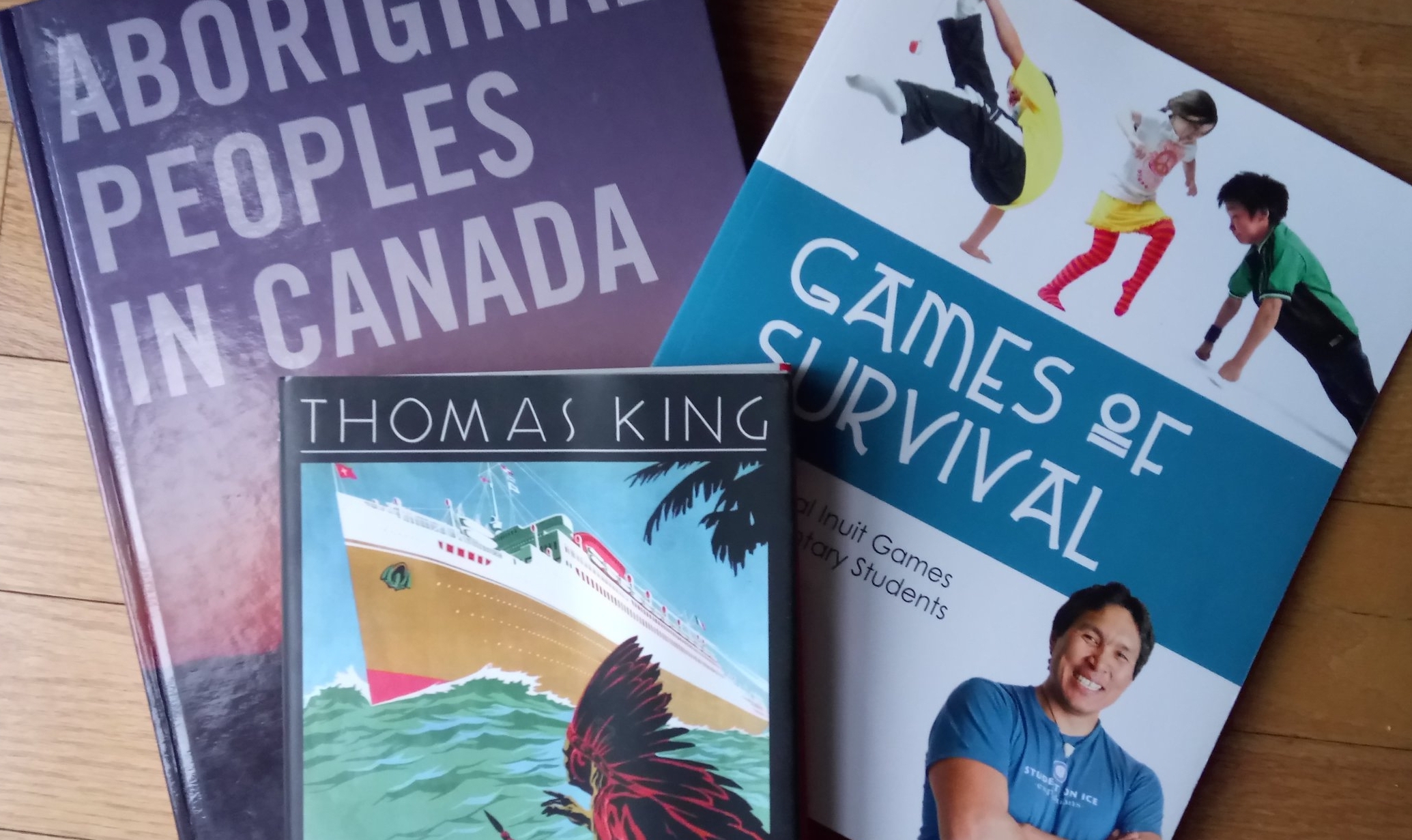Don't forget to sign up for the Listen & Learn newsletter and never miss a post!
Last month my friends at Natural Curiosity released the second edition of their educator resource entitled The Importance of Indigenous Perspectives in Children's Environmental Inquiry and I'm very excited to share it with you! While designed for K to 6 classrooms, I can see the insights provided in this edition being helpful for passionate environmental and science educators in the higher grades as well. Full disclosure, I served on the Advisory Board for this new edition, and was asked to contribute an endorsement for the publication. Here's what I wrote:
The second edition of Natural Curiosity feels like an invitation and a gift. The text invites me to respect the relationships and ways of knowing that Indigenous peoples have had with this land since time immemorial. It is also an invitation to deeply understand that as a guest on Turtle Island, my role is to listen and learn. The gift is that of responsibility - now that this knowledge has been shared with me, how will I take it up with my students? From its first pages, this resource invites non-Indigenous teachers to welcome these understandings in our teaching with humility. Thank you to (author) Doug and the entire team for this important work.
I'm not exaggerating when I tell you that as I read the four Indigenous lens sections which accompany each branch of Inquiry in the new edition I became very emotional, feeling intense gratitude for the wisdom shared in the writing of Doug Anderson (Metis) and his advisers. It is impossible to summarize what has been written here, other than to say that the information contained within this text completely turns Western/European notions of environment and environmental education on its head. The writing offers a life-affirming view into teachings that sustained Indigenous Nations on this land, and offers the same to non-Indigenous folks if we can be humble and turn towards them.
For teachers wondering how to implement the Natural Curiosity inquiry model and the Indigenous lenses new to this edition, the resource also contains new and updated educator stories based on real classrooms in a variety of contexts, with helpful images of student work and sample transcripts taken from conversations between teacher and students.
Perhaps the strongest thing this edition does is address teacher concerns about incorporating in the Indigenous lenses into their work, while providing an urgent argument for the responsibility to take it up:
The most vital reason for educators to understand Indigenous perspectives is this: it already is – and increasingly will be – Indigenous peoples around the world who are the first and most effective in standing up to prevent our current wholesale destruction of life in Mother Earth. The perspectives driving this broad trend need to be understood and supported by our children and youth. And we have to move fast. (Natural Curiosity p. 10)
Finally, after attending a winter session held by the Ontario Ministry of Education, I noted that the inquiry focus of this resource falls in line with the inquiry-based approach that teachers are being encouraged to take with the increased Indigenous content in the upcoming changes to the Social Studies and History curriculum. This highlights an important shift in thinking which I've advocated for on this blog before, the positioning of (non-Indigenous) teachers as learners alongside their students while learning about Indigenous histories, current perspectives, and ways of knowing. Being guided by the questions of our students, we can set aside any concerns we have about our own knowledge and levels of confidence, and embark on this necessary learning towards justice and ultimately (hopefully) reconcilitation.

